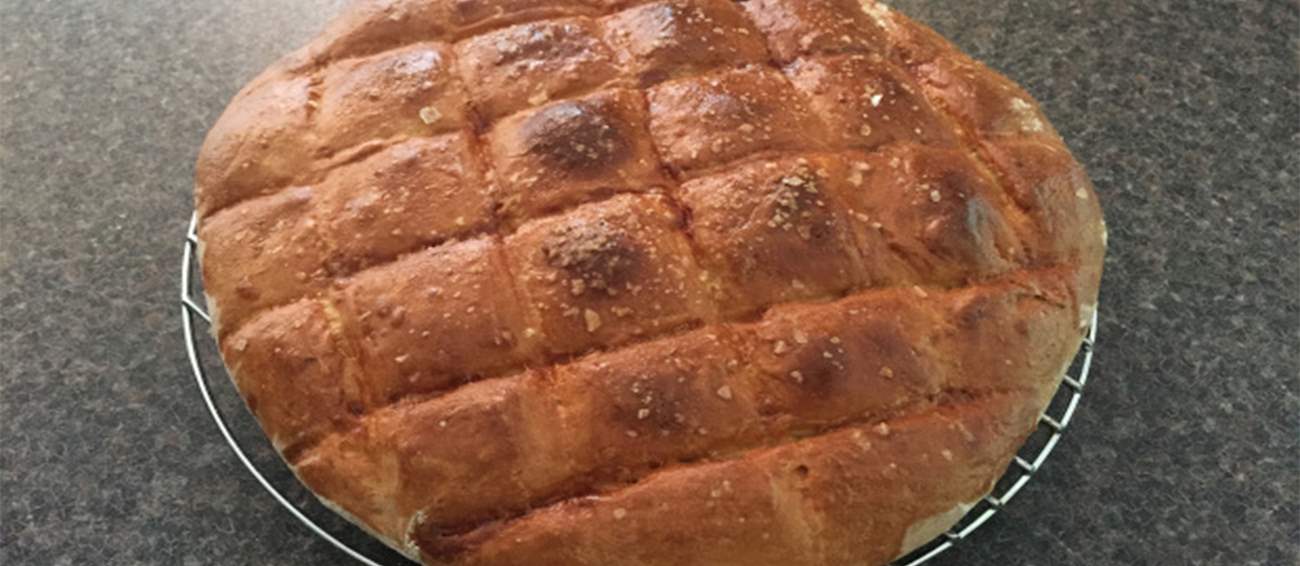OR
Already have an account? Log in
OR
Made with only four basic ingredients, this variety of flatbread is a typical product of the White Carniola region and was brought there in the 15th or the 16th century by Uskoks, Balkan migrants who settled in the highlands of southeastern Slovenia.
However, it was first mentioned in Bajke in Povesti o Gorjancih, a 1882 book by Janez Trdina, a renowned Slovene historian, folk collector, author and traveler. Belokranjska pogača is about 3-4 centimeters thick, round in shape, with its surface sliced in a cross-hatched pattern.
It is glazed with egg wash, generously sprinkled with coarse salt and cumin, and baked to a golden or light brown color. Freshly baked Belokranjska pogača exudes a delightful aroma of cumin and it is best enjoyed while it's still warm, broken by hand, and consumed in bite-size squares. Traditionally, this authentic Slovenian flatbread is prepared for special occasions such as the Feast of St. Martin, religious holidays, and other similar festivities.


